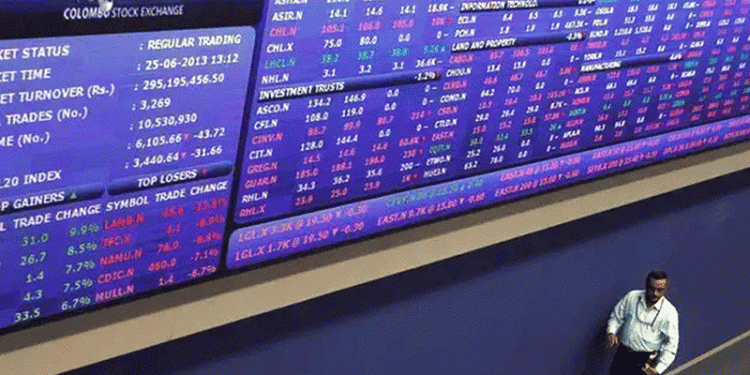* China seeks yuan stabilisation, but onshore yuan down
* Ringgit falls on sliding oil, Moody’s downgrade
* Won at 5-1/2-yr low; to weaken more if it breaks
1,213.6/dlr
(Adds text, updates prices)
By Jongwoo Cheon
SINGAPORE, Jan 12 (Reuters) – Most emerging Asian currencies
turned weaker on Tuesday as China’s efforts to stabilise the
yuan have not yet convinced investors that Beijing has control
over the recent market turmoil.
China set another firm fixing for the yuan and
stepped up a verbal campaign, backed by what traders said was
aggressive buying.
Analysts said offshore buying by state-owned banks, under
the direction of the People’s Bank of China (PBOC), dried up
yuan liquidity to such an extent that overnight yuan borrowing
rates in Hong Kong (HIBOR) hit a record high, and the spread
between onshore and offshore yuan exchange rates briefly
evaporated. Last week, the spread had exceeded 2
percent, making it harder for China to stem capital outflows.
“It remains to be seen if the PBOC can achieve convergence
without stymieing the offshore market,” said Andy Ji, Asian
currency strategist for Commonwealth Bank of Australia in
Singapore.
“If the PBOC doesn’t manage to achieve convergence, it will
suffer further. I see risks of a stronger yuan against the rest
of Asia because the PBOC needs to keep the renminbi stable,
whereas the rest of Asia suffers from broad risk-off over
uncertainties regarding the PBOC’s actions,” said Ji.
Onshore yuan weakened, putting more pressure on
the Singapore dollar. The city-state’s currency closely
tracks the renminbi as traders and analysts believe it is
included in the undisclosed currency basket used by the Monetary
Authority of Singapore to manage monetary policy.
The Malaysian ringgit led regional losses on
sliding oil prices and after Moody’s Investors Service on Monday
cut the country’s sovereign rating outlook to stable from
positive.
RINGGIT
The ringgit slid as continuous falls in crude prices added
to concerns over Malaysia’s sliding oil and gas revenues.
Malaysia is a major supplier of palm oil and liquefied gas.
Crude prices have slumped as much as 20 percent since the
beginning of the year.
The Malaysian currency also came under pressure after
Moody’s slashed the country’s rating outlook.
“The domestic bond market may turn slightly defensive in
reaction to the news, but we don’t expect large foreign outflows
as a result of the rating outlook cut by Moody’s,” said Winson
Phoon, a fixed income analyst for Maybank Investment Bank in
Kuala Lumpur.
WON
South Korea’s won started the day firmer, but it
turned weaker to hit a fresh 5-1/2-year low as a weaker yuan
prompted offshore funds to rush to sell the won.
The currency slid to as weak as 1,213.0 per dollar, its
lowest since July 2010.
Caution increased over possible intervention by South
Korea’s foreign exchange authorities to stem further weakness in
the worst-performing Asian currency so far this year.
Still, the won is likely to fall further if it weakens past
a strong chart support level at 1,213.6, the 76.4 percent
Fibonacci retracement of its appreciation from 2010 to 2014,
analysts said.
The South Korean unit is seen heading to 1,277.0, its low of
2010, once the support line is broken, they added.
CURRENCIES VS U.S. DOLLAR
Change on the day at 0520 GMT
Currency Latest bid Previous day Pct Move
Japan yen 117.47 117.75 +0.24
Sing dlr 1.4389 1.4344 -0.31
Taiwan dlr 33.433 33.651 +0.65
Korean won 1212.20 1209.80 -0.20
Baht 36.32 36.28 -0.11
Peso 47.39 47.27 -0.25
Rupiah 13840.00 13870.00 +0.22
Rupee 66.88 66.81 -0.10
Ringgit 4.4000 4.3750 -0.57
Yuan 6.5741 6.5695 -0.07
Change so far in 2016
Currency Latest bid End prev year Pct Move
Japan yen 117.47 120.30 +2.41
Sing dlr 1.4389 1.4177 -1.47
Taiwan dlr 33.433 33.066 -1.10
Korean won 1212.20 1172.50 -3.28
Baht 36.32 36.00 -0.88
Peso 47.39 47.06 -0.70
Rupiah 13840.00 13785.00 -0.40
Rupee 66.88 66.15 -1.08
Ringgit 4.4000 4.2935 -2.42
Yuan 6.5741 6.4936 -1.22
(Additional reporting by Reuters FX Analyst Krishna Kumar in
SYDNEY; Editing by Jacqueline Wong)


























